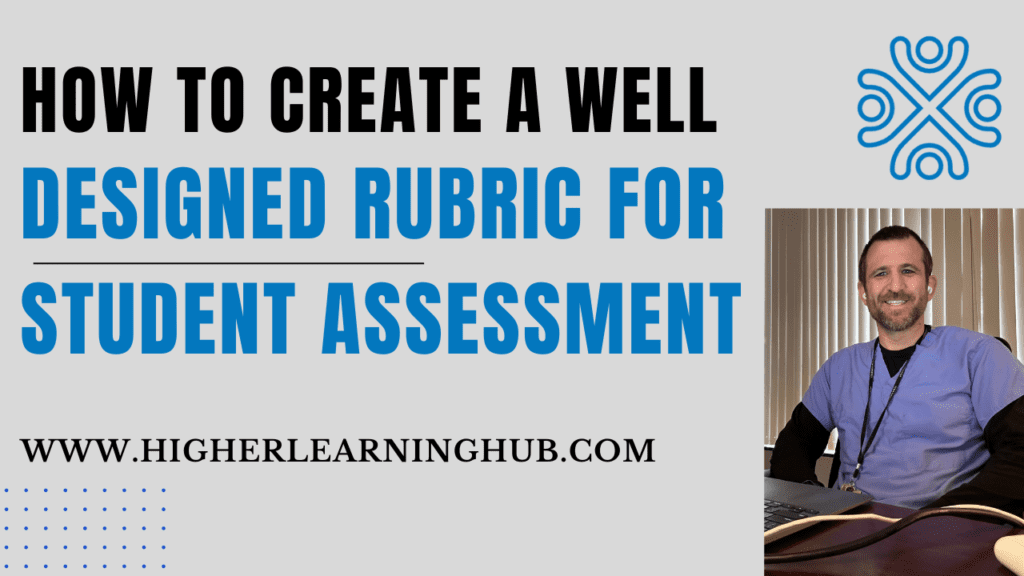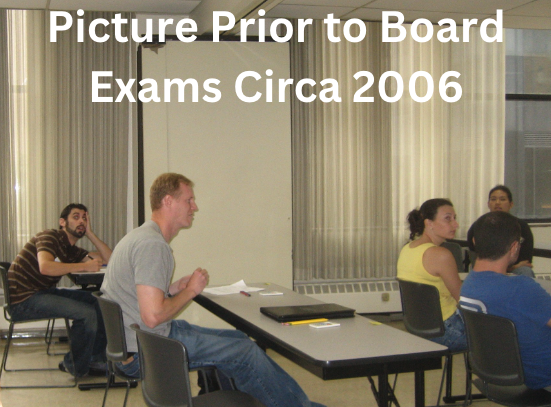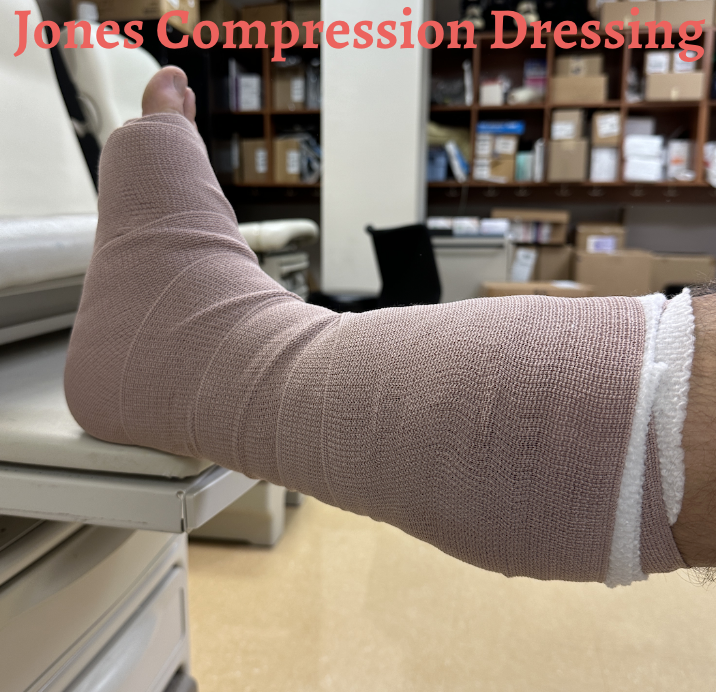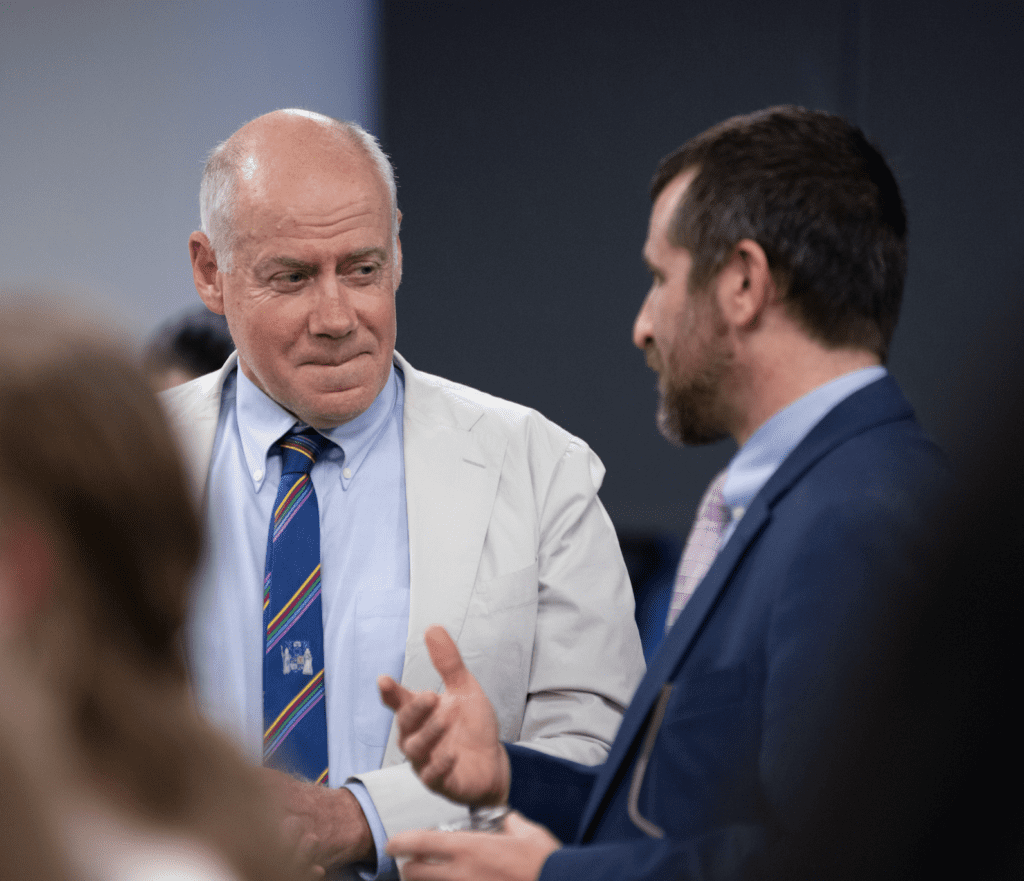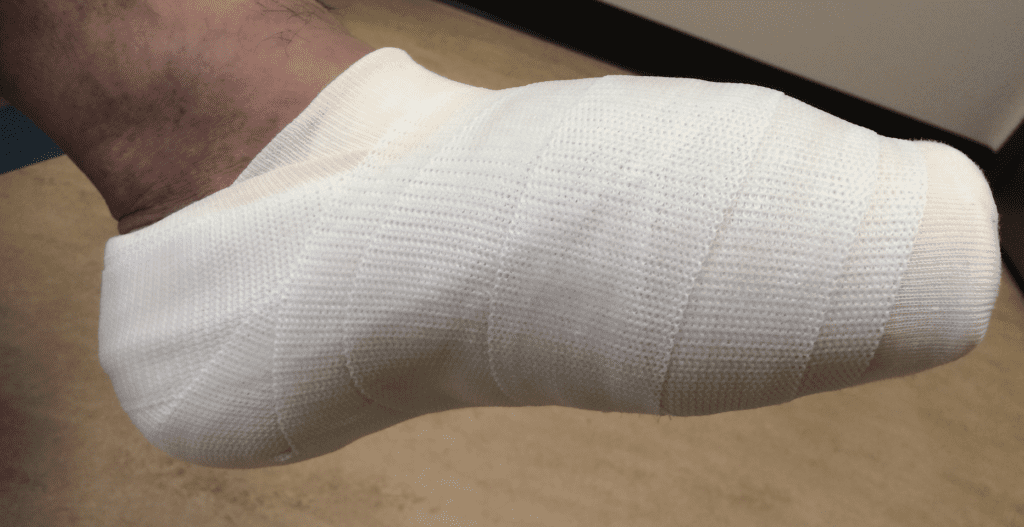Guest Authored by Dr. Wyatt Thielman – Residency Physician at McLaren Macomb; Published on September 10th, 2024
In July 2023, I embarked on my residency journey, which has been incredible and rewarding thus far!
Beginning Life As A PGY-1 Podiatric Resident
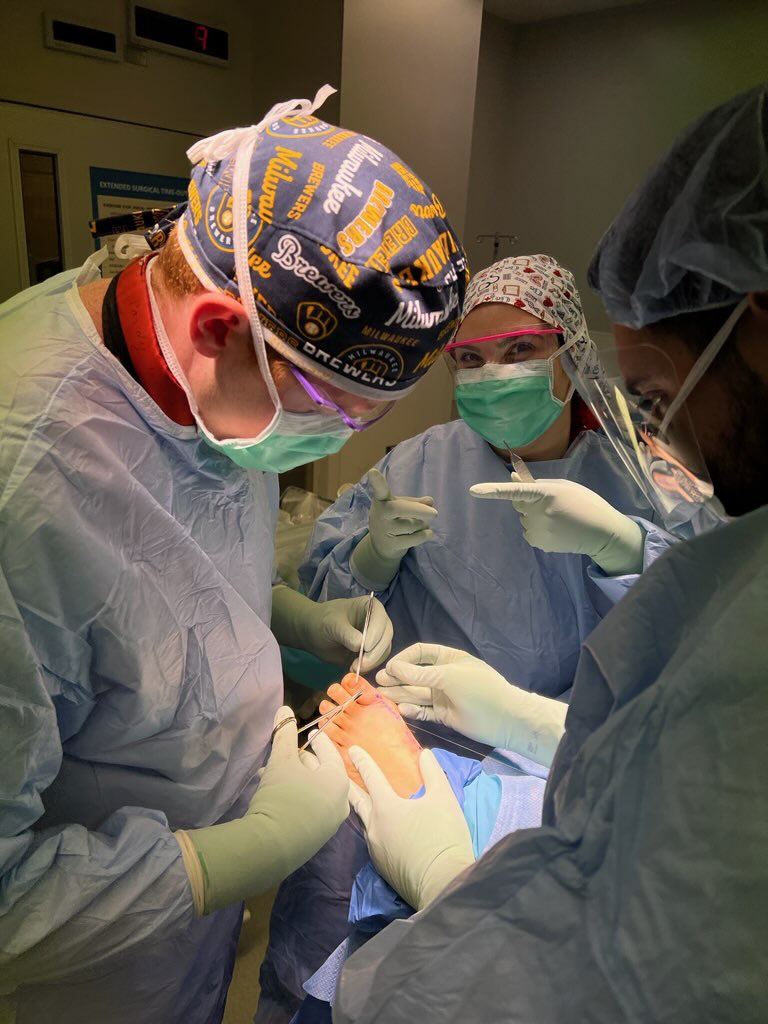

Life as a podiatric resident is both a challenge and a calling. As residents, we juggle rigorous schedules and hands-on training while honing our skills in foot and ankle surgical care. The experience offers not just professional growth but also personal development. Explore how podiatric residents navigate their journey, tackle common hurdles, and reflect on the rewarding elements of this great profession.
Let’s Get Started…
During orientation, I got to know my fellow medical residents and earned my ACLS/BLS certification. Adjusting to the program involved mastering the electronic medical record (EMR) system and figuring out my place within the residency, leading to a flood of questions in those initial months. As a first-year resident (PGY-1), I developed strong habits in managing both inpatient and outpatient settings. My surgical experiences during this first year focused mainly on soft tissue cases, with the occasional opportunity to assist with bone-related procedures. Observing rearfoot and ankle surgeries in my first year was particularly rewarding. I was on call for a total of 17 weeks, including three weeks on “buddy call,” where I worked alongside a more experienced second or third-year resident.
What Is “Buddy Call”?
As a first-year podiatry resident, a “buddy call” means you’re paired with a more experienced resident or attending physician during on-call shifts. This system allows you to handle cases independently while having immediate support if needed. It bridges the gap between learning and practice, providing a safety net. You gain confidence by tackling real cases and honing your decision-making skills. The buddy system ensures patient care remains uncompromised while you develop expertise under guided supervision. This collaborative approach eases the transition into the demanding environment of residency, enhancing your growth and education.
Off-Service Rotations
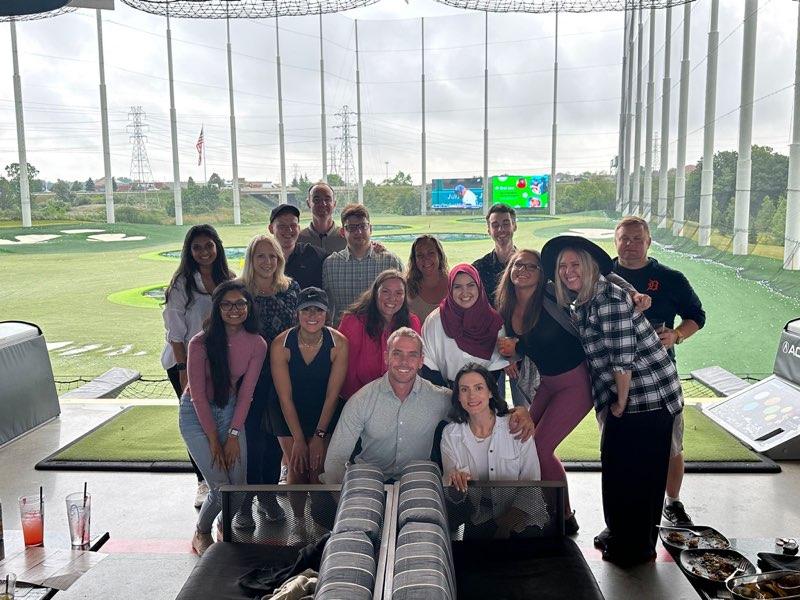

My off-service rotations in the first year encompassed radiology, anesthesia, internal medicine, infectious disease, and emergency medicine, enriching my understanding of podiatry’s role within the broader medical field and reinforcing my general medical knowledge.
Why Are Off-Service Rotations Needed?
Off-service medical rotations are vital for training because they broaden your clinical skills and medical knowledge. These rotations expose you to diverse cases and conditions, which aren’t always covered in your primary specialty. You’ll develop a deeper understanding of how various specialties connect and support each other in an interprofessional manner. Working outside your comfort zone fosters adaptability and enhances decision-making skills. You’ll learn to collaborate with different teams, which improves your communication and teamwork abilities. These experiences prepare you for a well-rounded medical career by strengthening your diagnostic and patient management capabilities in varied situations.
Our academic structure includes lectures and radiology reviews every Tuesday and Thursday morning at 6:30 a.m. Additionally, we conduct a monthly journal club featuring the latest Journal of Foot And Ankle Surgery and American Orthopedic Foot And Ankle Society (AOFAS) articles, supplemented by a journal club sponsored by a local medical industry. Here, a resident presents a topic, showcasing both academic growth and industry products.
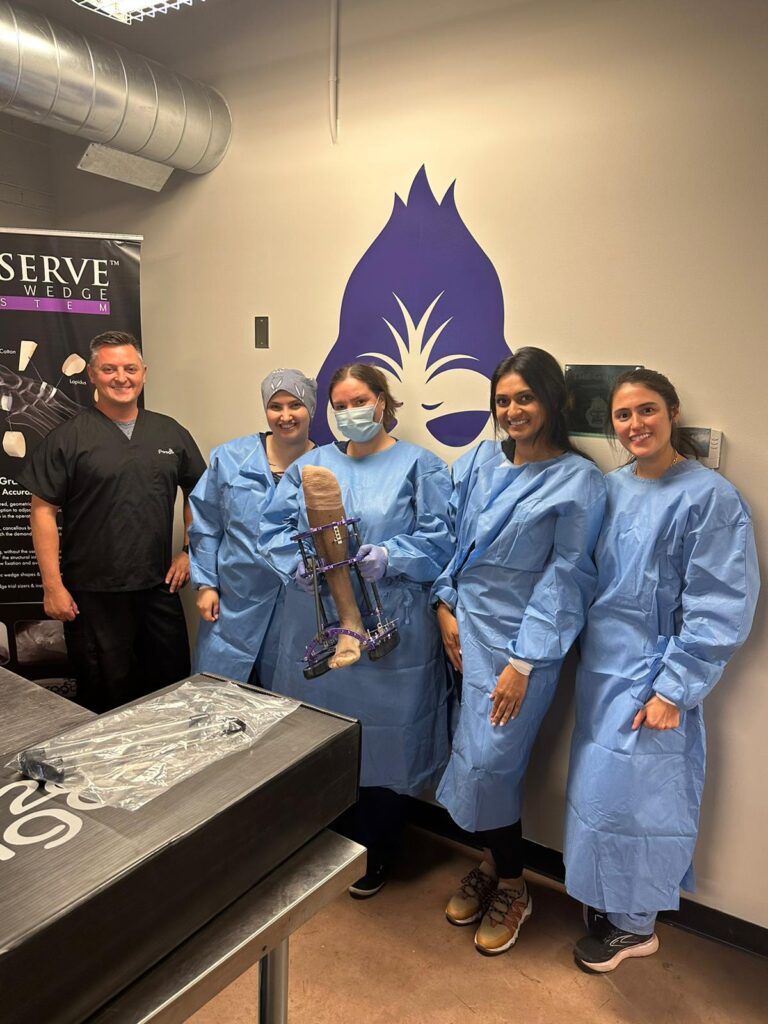

Moving Into My PGY-2 Year
As I enter my second year, I anticipate more clinical and surgical experiences, alongside learning about billing and refining my skills. Planned rotations include working with vein specialists, general surgery, behavioral health, and orthopedic surgery. The schedule becomes more flexible, allowing me more influence over the surgeries and clinics I participate in, with a reduced call commitment of 8 weeks, three of which involve buddy calls with a first-year resident. We are also working to incorporate more labs with hardware and graft companies to enhance practical skills.
Embracing The Challenges of Residency
\A new challenge lies in ensuring first-year residents receive proper guidance during consult evaluations, a responsibility I balance with my previous year’s experiences. I aim to improve on my in-training exams with the American Board of Foot and Ankle Surgery (ABFAS). Excelling in these exams can help me achieve board qualification at a lower cost by passing in the third year, serving as an essential measure of my progress as a podiatric resident. Looking ahead, I am also preparing for future job or fellowship opportunities by updating my CV and recommendation letters, while networking on platforms like LinkedIn to connect with medical sales professionals.
Life as a podiatric resident has been an incredible journey, and I am eager to see what the future holds. This past August, I attended the APMA National Conference in Washington, D.C., funded by an APMA travel scholarship. The conference offered insightful lectures and exhibits that broadened my knowledge and introduced me to companies relevant to podiatric practice and surgery. I also aim to contribute literature reviews for APCM and ACFAS.
The Wellbeing Committee At McLaren Macomb
At McLaren Macomb, I have transitioned from the podiatry representative to the resident co-chair for the Wellbeing Committee, representing all residency programs. I am also planning a poster or case study presentation for the 2025 ACFAS in Phoenix. Our annual educational stipend and course coverage will go towards attending the ACFAS-sponsored arthroscopy course in Chicago. My thirst for knowledge remains insatiable, essential for ongoing growth beyond podiatry school and residency. Stay tuned for more insights into the life of a podiatric resident.
Life As A Podiatric Resident – Conclusion
Life as a podiatric resident is a journey filled with learning, growth, and challenges. The experiences you gain today lay the foundation for your future in podiatry. Embrace the learning process and seek out opportunities to deepen your skills. What aspect of podiatry excites you the most, and how will you explore it further? Comment below and let us know.
Wyatt Thielman, DPM, PGY-2


Podiatric Resident, McLaren Macomb
Wellbeing Committee Resident Co-Chair


